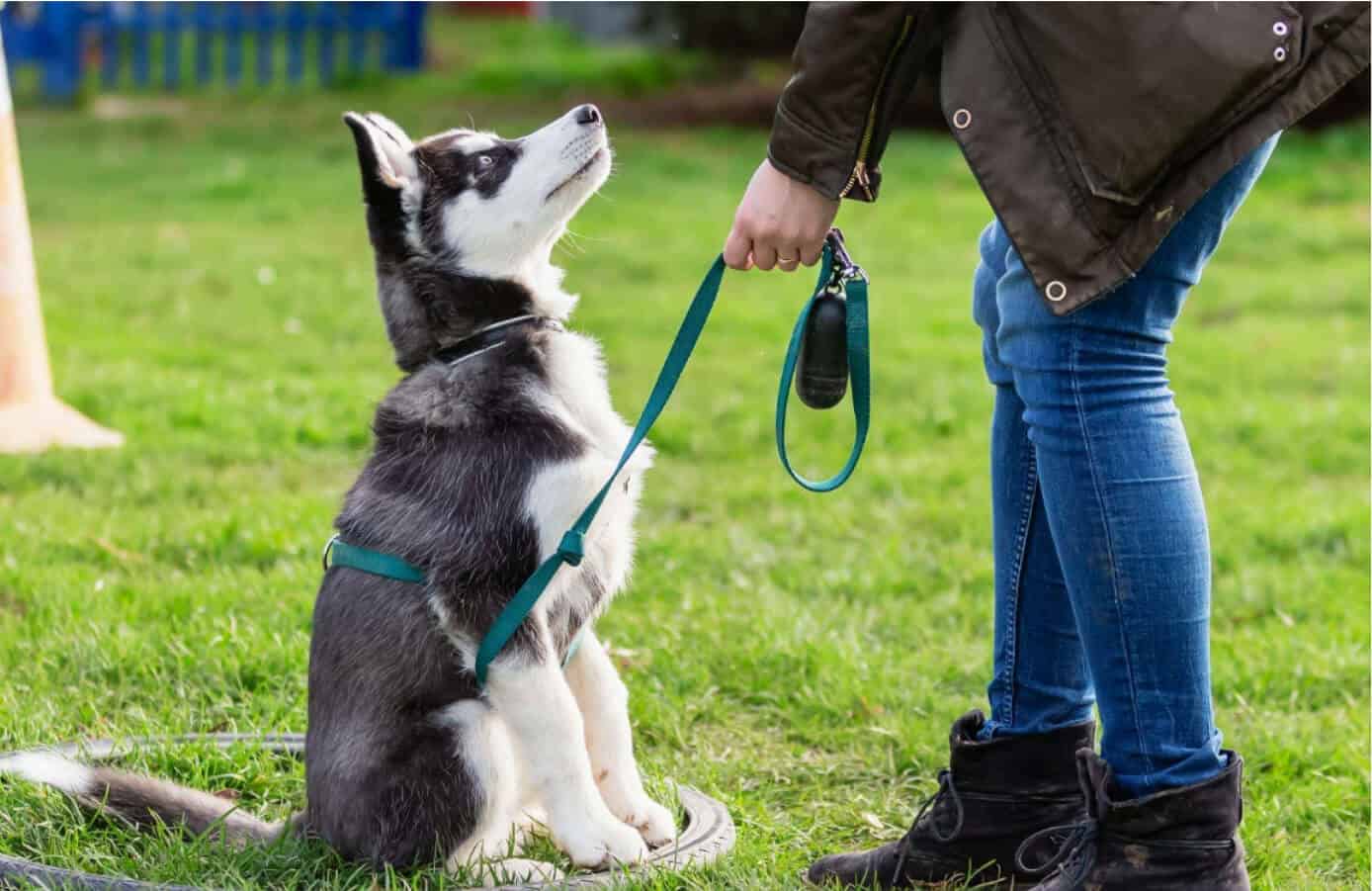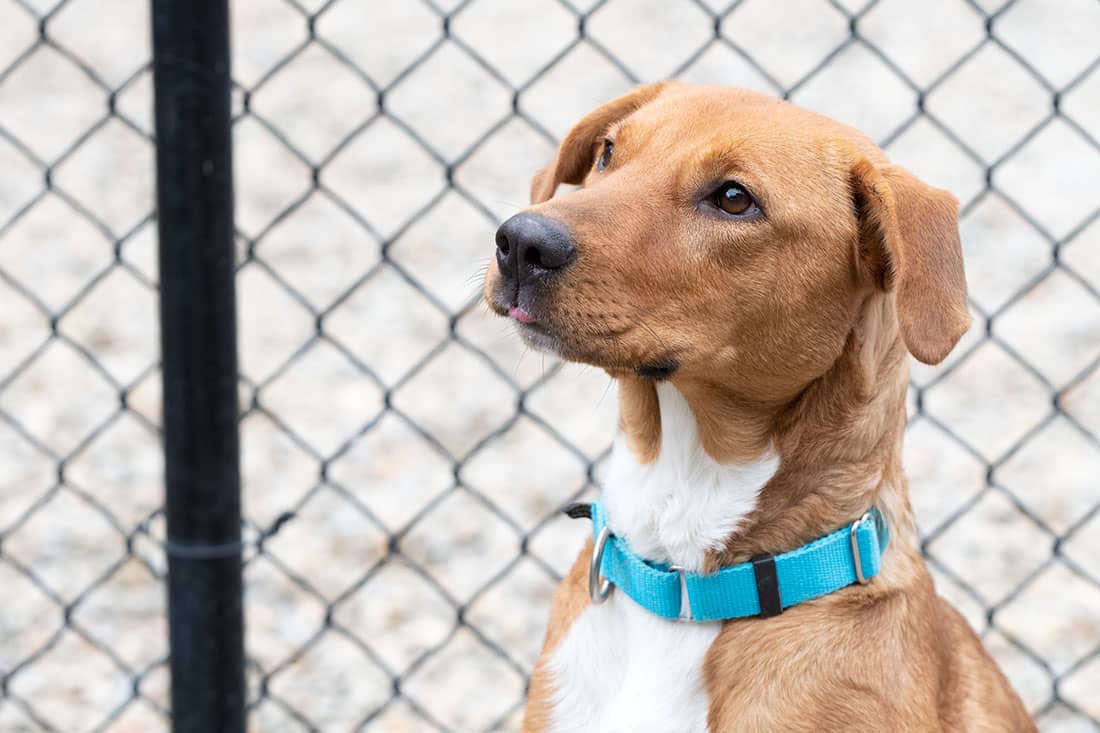Essential Methods for Reliable Dog Training You Required to Know
Essential Methods for Reliable Dog Training You Required to Know
Blog Article
Necessary Tips for Effective Dog Training: A Guide for Animal Owners
Efficient pet training is a complex process that requires a critical technique tailored to both the pet dog's temperament and the owner's goals. Comprehending exactly how to browse these barriers can dramatically improve the training experience, eventually changing the connection in between owner and dog.
Recognizing Dog Actions
Comprehending dog behavior is vital for effective training and promoting a harmonious connection in between pooches and their owners. Pets communicate mainly through body movement, articulations, and actions, making it critical for owners to analyze these signals accurately. Acknowledging a dog's position, tail placement, and ear orientation can offer understandings into its emotional state. As an example, a wagging tail does not always suggest joy; it can additionally signal excitement or anxiousness.

Socializing plays a significant duty in pet habits; direct exposure to numerous settings, individuals, and other pets can dramatically influence a pet dog's temperament. Additionally, aspects such as breed qualities and individual personality need to assist training techniques, as some breeds may have details behavior characteristics that require tailored approaches. By comprehending these elements, proprietors can create an encouraging atmosphere that encourages favorable behavior, bring about successful training results and a deeper bond with their pet dogs.
Establishing Regular Commands
Efficient interaction with your pet starts with establishing regular commands. This foundational aspect of training is important for fostering understanding between you and your pet. Consistency in the commands you utilize makes certain that your canine can accurately connect particular words or expressions with the preferred actions.
When selecting commands, select clear, distinctive words that are simple to claim and distinguish from one another. Stay clear of using similar-sounding commands that might perplex your dog. For instance, using "rest" and "remain" is suitable, however "sit" and "struck" might result in misconceptions.
In addition, preserve the same tone and volume for every command. Canines are delicate to singing signs, so varying your tone can develop confusion.
It is just as vital to guarantee that all member of the family are on the exact same page concerning the commands utilized. A united front in command usage will prevent blended signals and reinforce the learning process.
Favorable Reinforcement Methods
The power of favorable support in pet training exists in its ability to encourage desired behaviors through rewards and praise. This strategy is grounded in the concept that actions adhered to by beneficial end results are most likely to be duplicated. By integrating favorable reinforcement into your training routine, you can efficiently form your pet dog's behavior in a positive manner.
To apply favorable support, it's vital to recognize what inspires your pet, whether it be treats, playthings, or spoken appreciation. When your pet executes a preferred action, such as resting see this here on command, quickly reward them with a reward or affection. This association between the command and the favorable result enhances their understanding.
It's critical to timing the rewards appropriately; providing the reinforcement within secs of the desired habits aids your pet dog make the link (dog training). In addition, uniformity is vital-- ensure that all family members make use of the exact same commands and incentive systems to prevent complication

Gradually, you can minimize the frequency of treats as your canine learns the actions, transitioning to praise or periodic incentives. This technique not only promotes a solid bond between you and your dog however additionally advertises a favorable discovering environment, making educating a pleasurable experience for both.
Socialization and Communication
Continually exposing your canine to a selection of settings, people, and various other animals is critical for their social advancement. Socializing needs to start early, ideally throughout the important window of 3 to 14 weeks, when pups are most responsive to brand-new experiences. Nevertheless, older dogs can additionally gain from ongoing socializing efforts.
Introduce your dog to various settings, such as parks, pet-friendly shops, and metropolitan locations. This exposure helps them adapt to numerous stimulations, decreasing stress and anxiety and worry reactions. Motivate positive communications with other canines and people, making certain that these experiences are risk-free and controlled to cultivate learn the facts here now self-confidence.
Use organized playdates with courteous pets, as this can enhance your dog's social skills and educate them ideal behavior. Obedience classes and training sessions additionally give exceptional possibilities for socializing, permitting your canine to interact with others in a monitored setting.
Monitor your pet dog's body movement throughout communications, as this will aid you assess their convenience degree. Slowly raise direct exposure to even more challenging scenarios while making certain that each experience is favorable. A well-socialized canine is a lot more likely to exhibit balanced actions, making them a happiness to have in any setting.
Attending To Typical Training Obstacles
Every pet owner will certainly experience training obstacles at some point, no matter their pet's age or socialization level. Recognizing common issues such as stubbornness, diversions, and terror can aid in establishing efficient approaches for improvement.
Progressively present distractions as the dog ends up being much more efficient in commands. Short, regular training sessions are also efficient in maintaining interest.
Fearfulness can hinder a pet dog's learning procedure. Gradual desensitization to the source of worry, coupled with positive support, can help minimize anxiousness. Perseverance is vital; never require a canine right into a circumstance that causes distress, as this might aggravate the problem.
Inevitably, understanding and dealing with these usual obstacles with a structured technique will certainly foster a more efficient training experience, reinforcing the bond in between pet and proprietor while advertising effective understanding.
Final Thought
In summary, effective dog training relies upon a detailed understanding of canine habits, the establishment of constant commands, and the application of positive reinforcement methods. Socializing plays an important function in creating well-adjusted family pets, while resolving common training difficulties needs persistence and versatility. By applying these essential techniques, pet dog owners can promote a strong bond with their dogs and promote preferable behaviors, inevitably resulting in an unified partnership between humans and their canine buddies.
Comprehending canine behavior is important for efficient training and fostering a harmonious partnership between canines and their proprietors.Socializing plays a significant function in canine behavior; exposure to different atmospheres, individuals, and other animals can substantially impact read this article a canine's temperament.The power of favorable reinforcement in dog training exists in its capability to motivate wanted actions via rewards and praise. By integrating favorable support right into your training routine, you can properly shape your canine's habits in a positive manner.
In summary, successful canine training relies on a detailed understanding of canine habits, the establishment of constant commands, and the application of positive reinforcement techniques.
Report this page